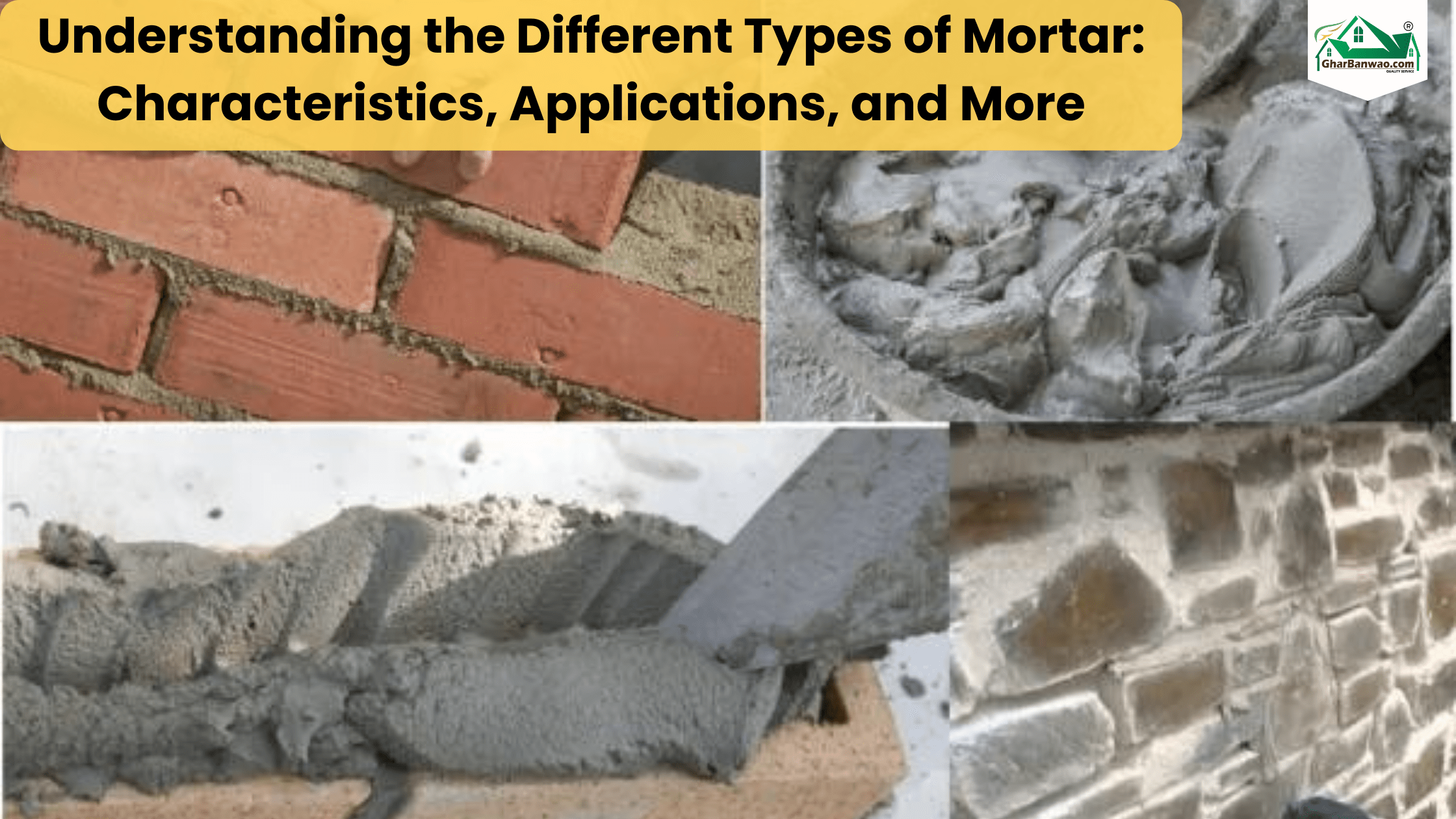Understanding the Different Types of Mortar: Characteristics, Applications, and More

Here are several types of mortar, each with its own characteristics and applications:
Cement Mortar:
Composition: Consists of cement, sand, and water.
Characteristics: Strong and durable, good for load-bearing walls and structures.
Applications: Used in masonry work, such as bricklaying and stone masonry.
Lime Mortar:
Composition: Made from lime, sand, and water.
Characteristics: Flexible, allows for slight movement in structures without cracking.
Applications: Historic preservation, restoration work, and for buildings where movement is expected.
Mud Mortar:
Composition: Comprises clay, water, and sometimes straw or other organic materials.
Characteristics: Easy to work with, traditionally used in earthen construction.
Applications: Eco-friendly construction, adobe buildings, and cob structures.
Mortar with Additives:
Composition: Contains additives like polymers, latex, or accelerators.
Characteristics: Enhanced properties such as increased strength, water resistance, or faster curing times.
Applications: Swimming pools, exterior walls, areas prone to moisture or harsh weather.
Fireproof Mortar:
Composition: Made with fire-resistant materials like refractory cement, silica sand, and fireclay.
Characteristics: Resistant to high temperatures, used in fireplaces, chimneys, and kilns.
Applications: Fireplaces, ovens, furnaces, and any structures exposed to high heat.
Mortar for Pointing:
Composition: Typically a mix of cement, sand, and lime.
Characteristics: Specifically designed for filling gaps between bricks or stones (pointing joints).
Applications: Repairing mortar joints, enhancing aesthetics, and improving structural integrity.
Choosing the right type of mortar depends on factors such as the type of construction, environmental conditions, and desired properties like strength, flexibility, or fire resistance.
Ghar Banwao is a Construction company in Lucknow, providing one one-stop Solution in Architect, Construction with Material, and Interior design.
Final Word
I hope this article contains all the answers to The Art and Science of Concrete Curing: Time, Techniques, and Best Practices, answered in simple words, step by step. If you liked the article, check out our site for more such content.

